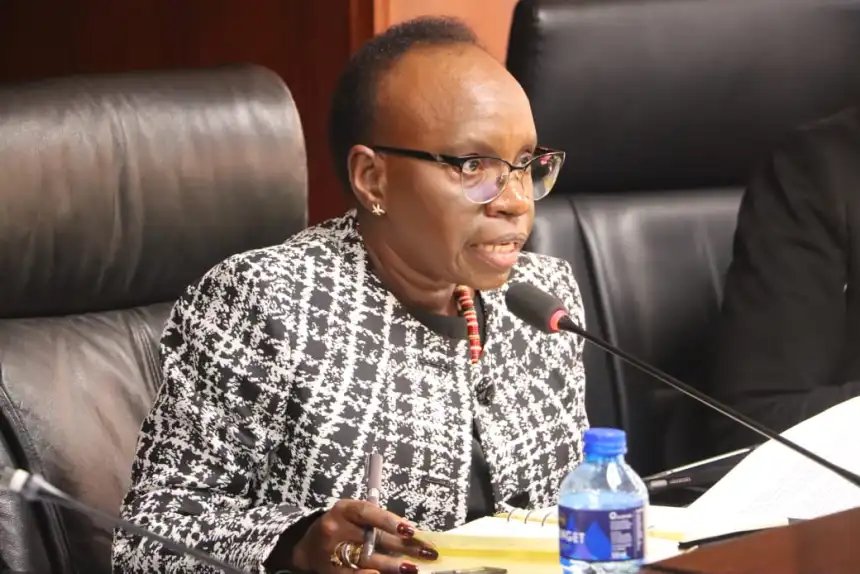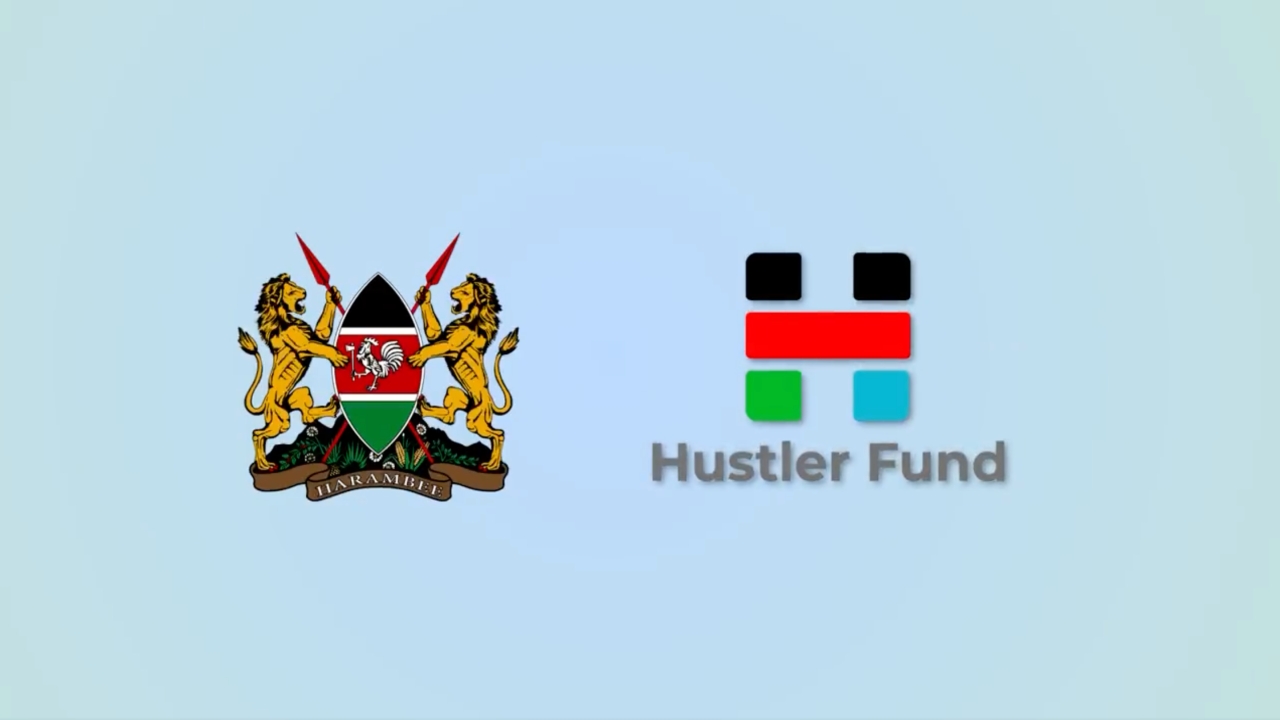Launched in November 2022 as a flagship initiative of President William Ruto’s “bottom-up” economic agenda, the Hustler Fund, officially the Financial Inclusion Fund, promised to empower Kenya’s informal hustlers with easy access to credit, savings, and financial tools.
With over KSh 72 billion disbursed to 26 million users by mid-2025, it initially received praise for bridging the gap for the unbanked.
However, a series of audit revelations has transformed it from a sign of inclusion into a symbol of fiscal recklessness and potential fraud.
As of October 2025, scrutiny has intensified, fuelled by Auditor General Nancy Gathungu’s damning reports, a scathing Kenya Human Rights Commission (KHRC) analysis, and public outcry over mismanagement.
It’s a spotlight on how public funds meant for the vulnerable have vanished into a black hole of irregularities, defaults, and political expediency.
The Audit Bombshells: Loans to Ghosts and Children
The tipping point came in February 2025, when Gathungu’s audit for the 2023/24 fiscal year exposed what many called a “crime scene” in the fund’s operations.
At the heart: KSh 31.8 million disbursed to 44,167 ineligible borrowers, including minors as young as 10 days old and “unborn” individuals with birthdates stretching to 2073.
Auditors flagged 253,717 suspicious registrations, with 42,981 of these “future citizens” already pocketing KSh 31.1 million in loans legally voidable under Kenyan law, as contracts with minors are unenforceable.
This wasn’t isolated. Earlier audits painted a grim picture: In June 2024, Gathungu revealed KSh 464.7 million loaned to 800,000 unregistered users within the fund’s first seven months.
By mid-2025, another report highlighted an unaccounted-for KSh 8 billion in allocations for 2022/23, blamed on “procedural gaps” during the Kenya Kwanza transition, though the government later clarified it was unreleased counterpart funding for savings products.
Social media amplified the outrage. Influential voices like Cyprian Nyakundi decried the “severe irregularities,” questioning the fund’s data integrity and sustainability, with his February 27 post garnering over 78,000 views and sparking widespread debate.
READ ALSO:Can Defaulted Hustler Fund Borrowers Access New Credit? Practical Steps
Echoing this, users highlighted the absurdity: loans to the unborn? It screamed systemic fraud, from weak KYC (Know Your Customer) checks relying on mobile numbers and IDs to overdependence on external payment providers without robust vetting.
Skyrocketing Defaults and the Debt Trap Dilemma
Beyond eligibility scandals, audits unearthed a default crisis that’s bleeding taxpayer money. By August 2025, KHRC’s “Failing the Hustlers” report pegged the default rate at 68.3% for early loans, translating to a KSh 340 loss per KSh 500 disbursed, with net losses hitting 71.5% after costs.
Nearly 10 million borrowers, or about 38% of users, owe between KSh 5 and 6.3 billion, prompting government talks of writing off KSh 6 billion in bad debts.
Critics argue the fund’s design worsens this: 5% mandatory “savings” deductions shrink usable funds, trapping low-income users in a borrow-to-survive cycle just to access higher limits.
No proper credit policy or collection strategy means auto-deductions from M-Pesa are the only recourse, yet they’ve failed to stem the tide. Gathungu slammed the opacity, noting auditors couldn’t verify transactions due to missing docs.
This fiscal black hole clashes with budget pleas: Despite losses, the MSME ministry sought (and got slashed to) KSh 1 billion for 2025/26, down from KSh 10 billion initially. MPs grilled PS Susan Mang’eni: Why pour more into a sinking ship?
Governance Gaps: No Oversight, All Politics?
Launched without an oversight board, violating legal mandates, the fund only got one post-litigation. KHRC criticised it as a “politically expedient but economically disastrous” gimmick, born from campaign rhetoric rather than sound policy, lacking transparency on allocations and performance.
The August 2025 report called for decommissioning, reallocating resources to proven inclusion programmes, and warned of “wasteful public spending masked as empowerment.”
Government pushback was fierce. CS Wycliffe Oparanya and PS Mang’eni branded the KHRC findings “skewed, elitist, and politically motivated,” highlighting 26 million users and KSh 4.8 billion in savings as successes.
President Ruto, addressing grassroots leaders in September, dismissed critics as “wealthy elites” out of touch with hustlers.
Yet, the September CEO swap from Elizabeth Nkukuu to Henry Tanui signals internal reckoning amid the storm.
The Bigger Picture: Implications for Financial Inclusion
These irregularities erode trust in digital lending, a sector that’s exploded in Kenya (think Fuliza’s KSh 834 billion in 2024).
For vulnerable users, it’s a double, double blow: promised empowerment turns into unenforceable debt and frozen savings.
Taxpayers foot the bill, while the fund’s 71.5% loss rate mocks Vision 2030’s inclusion goals.
Reforms are underway with tighter KYC and digital defaulter tracking, but sceptics say it’s too little, too late.
The scrutiny isn’t fading; it’s a call to action. Will Kenya scrap and rebuild, or let political pet projects persist?
Ronnie Paul is a seasoned writer and analyst with a prolific portfolio of over 1,000 published articles, specialising in fintech, cryptocurrency, and digital finance at Africa Digest News.



